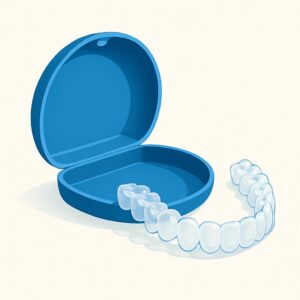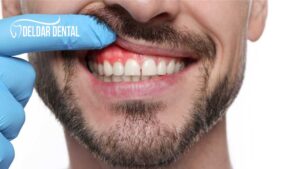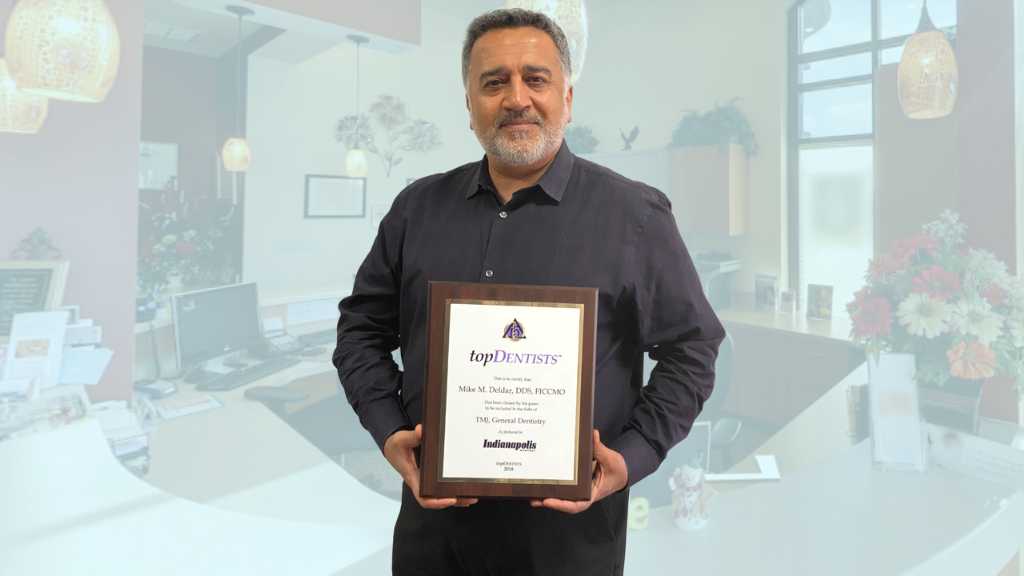Often children’s teeth are straight and white but things change as they grow. In most adults, the teeth either protrude too much or are barely distinguishable from the gums. In the past, metal braces were the only option available for someone who wanted straight teeth. Now, you have a choice between braces and Invisalign.
Braces
Braces is the colloquial name for “orthodontic appliances.” Braces are made of stainless steel, nickel, titanium, copper, molybdenum, and other rare metals. Springs and rubber bands are also used. Your orthodontist uses braces to straighten your teeth and correct your bite.
How Do Braces Work?
All braces work on the principle of mild but consistent pressure. The wires, springs, and elastics provide a constant force on your teeth. The force is transferred to the bone, where it causes the bone to move to a new position. Once the teeth are in their new, desired position, the braces are no longer needed.
Pros
There are several reasons to put on braces, but the chief among them is their reliability. It is a tried-and-tested method.
Cons
Braces are not pretty. On top of their ungainly looks, they can make your mouth feel crowded. The sensation is particularly noticeable when you speak or eat. Braces are not known for comfort, especially during the first few days.
Invisalign
Invisalign is a brand name for a tooth movement system. Instead of ugly wires and metal grips, Invisalign uses transparent plastic trays to straighten your teeth. The system is new and relies heavily on computers. Though your dentist may offer to put on Invisalign, it is safer to consult an orthodontist or a dentist who is also an orthodontist. It takes at least three years of training to become an orthodontist; not all dentists have this training.
How Does Invisalign Work?
Invisalign is a system of custom-made plastic trays. Your orthodontist scans your teeth and enters the scanning data in a computer. The computer makes a digital representation of your teeth that the orthodontist changes digitally to its desired position. Computers take note of the new changes and sends a command to manufacture a set of trays that will move your teeth a little at a time. A patient wears a tray for two weeks before putting on a new one. Each tray moves the teeth a little. The treatment continues until the teeth are in their desired final position.
Pros
Aligners are invisible to casual observers. You do not have to go around explaining to everyone why you want to straighten your teeth.
Invisalign boosts your confidence instantly, there is no intervening period during which you have to wear unsightly braces.
Plastic trays do not impede speech or eating, and they are more comfortable for the patient.
Cons
The success of an Invisalign system depends a lot on patient cooperation. The trays are removable to make it easier for a patient to brush and eat. If the patient does not put on the aligners, except for when he or she is brushing or eating, the entire treatment fails.
In Summary
The Invisalign system is the future of orthodontics. It is more comfortable, easier to maintain, and produces results. Your orthodontist can guide you more on why Invisalign is right for you. If you live in the Noblesville, Indian area, you can book a complimentary appointment with Dr. Deldar now by calling 317-208-0000.




